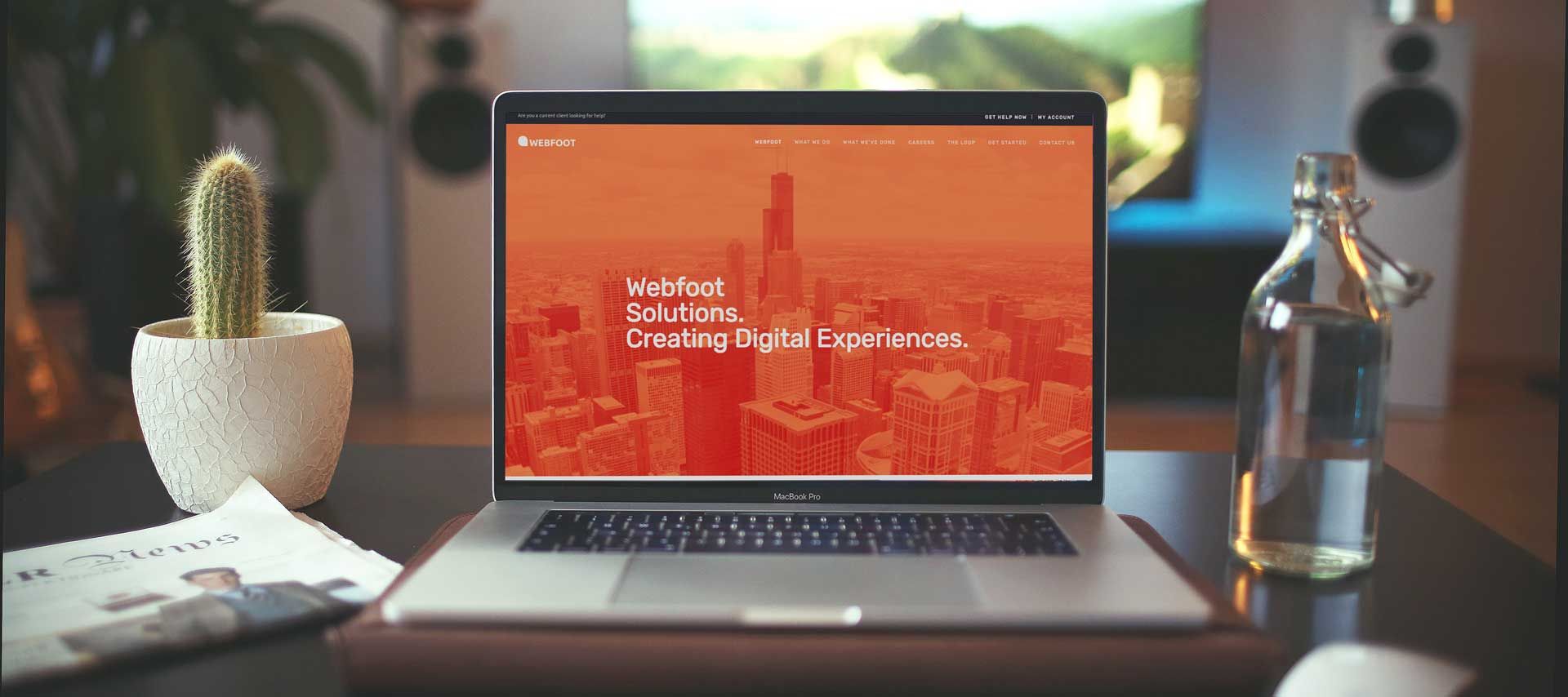Should 2018 be the year you update your website? Yes, it probably is.
2018 is around the corner and it’s time to look forward! In today’s world, it’s important for a business to have a user-friendly, mobile responsive website. The days of looking a company up in the phone book are behind us, and today people are looking you up on the internet. What will they see when they find you?
If your website hasn’t been redesigned within the past 2-3 years, it is considered out of date. Visitors tend to use companies with an updated site. Why? It shows that they are continuing to grow and want to keep up with their company to improve customer experience and service.
Cell phones, tablets, desktops, etc. How does your website look and respond to each of these devices? This is incredibly important today. 80% of internet users own a smartphone. That is a high percentage, and that means you need to be ready for them to visit your website from that phone. Mobile first web design is becoming a staple at Webfoot, and we strive to ensure user experience on all devices is smooth and friendly.
What is your business model? If your website has not changed in 5+ years, there is a strong chance that your website no longer reflects your business properly. Redesigning your website gives you the opportunity to give visitors a fresh take on who you are as a business and what you can offer your customers. A very important thing to consider is that your website is less about you, and more about your visitors and potential clients/customers. Build your website with them in mind.
Content is king, however, too much content will push your visitors away. Once someone lands on your website you only have a few seconds to capture their interest. Interesting bullet points and dynamic images need to be front and center. Consistency in design and content will keep users on your website longer improve your chances of that visit converting into business.
Lastly, consider security needs for your website. Any site is at risk and can be hacked. With that said, old sites have old code and that code is more susceptible to attack. Consider a screen door leading out to your backyard. When it’s new, the screen is strong and taut. You never worry about any bugs getting through and you are able to enjoy the fresh air worry free. After time, the screen weakens a bit and a small hole begins to develop. You notice little gnats making their way into the house so you put a patch over the little hole. One day, you notice a small cut in your screen and now mosquitoes and flys are getting into the house. You continue to patch the screen, but now it looks terrible and the patches don’t stay on very well and the holes keep growing.
This is your website. You can patch the site and hope that the bugs won’t get in, but unless you replace that screen, you’re going to continue to have issues. By redeveloping your site every few years, you are not guaranteed to keep all bugs out, but you are definitely making it more difficult for them to find their way in.
Let’s work together to start your companies year off strong. We, at Webfoot, look forward to working with you on your new site, and helping your business to grow.

 Within web design, there is an understanding that you need to be aware of the potential weight of a web page before a site can go live. The heavier the page, the longer it takes to load leading to users becoming frustrated and having a negative experience that could ultimately stop them from coming back.
Within web design, there is an understanding that you need to be aware of the potential weight of a web page before a site can go live. The heavier the page, the longer it takes to load leading to users becoming frustrated and having a negative experience that could ultimately stop them from coming back.

